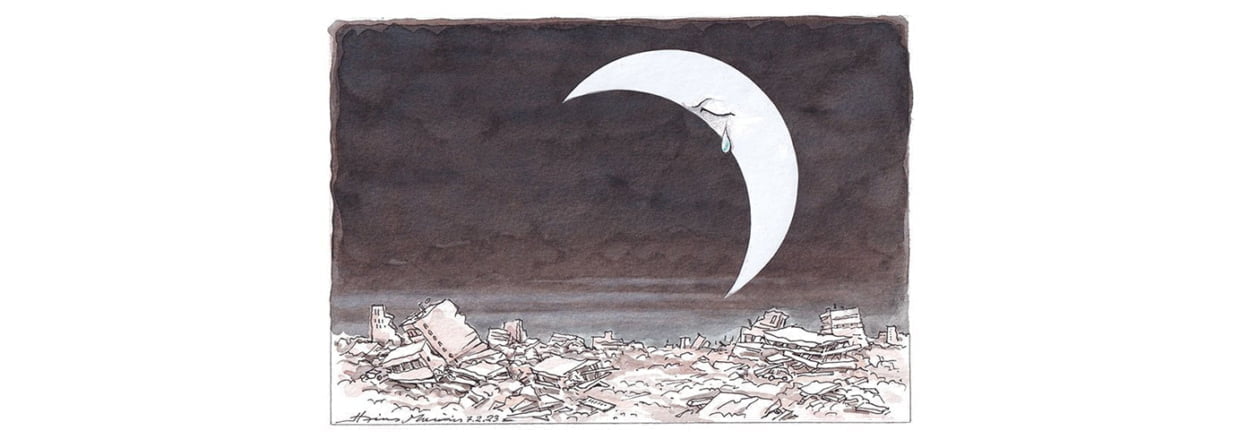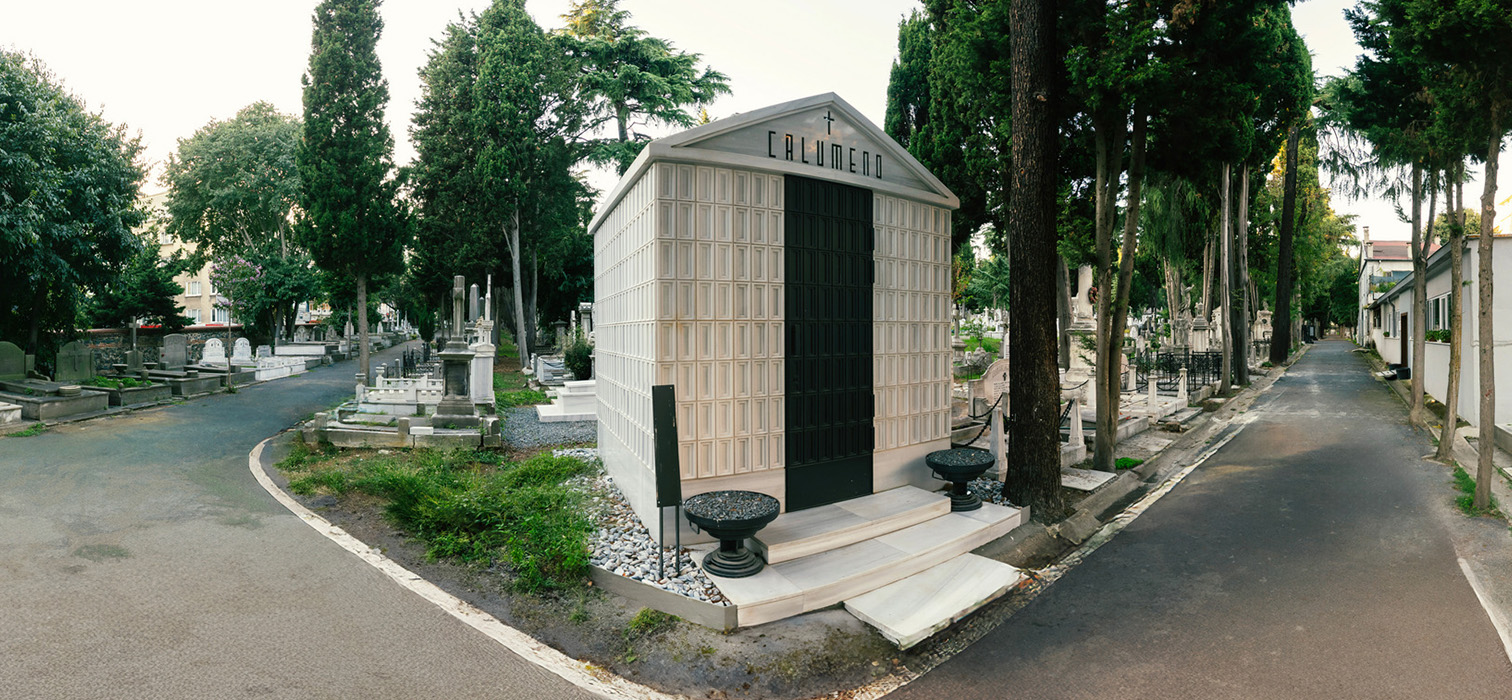
Our country was shaken by one of the biggest disasters of the century with two shocking earthquakes of 7.7 and 7.6 magnitudes that occurred in Kahramanmaraş on February 6th. The earthquake ranks seventh among the deadliest disasters to occur in this century in Japan after the tsunami in 2011.
Turkey woke up to one of the darkest mornings in the history of the Republic on February 6th. According to AFAD, 7.7 magnitude earthquake centered in Pazarcık district of Kahramanmaraş at 04:17 in the morning, along with Kahramanmaraş, 10 provinces including Hatay, Adıyaman, Malatya, Diyarbakır, Kilis, Gaziantep, Şanlıurfa and Adana impressed. Afternoon, we witnessed one of the greatest disasters of the century with the 7.6 magnitude earthquake that occurred approximately eight hours later and faced a tremendous destruction. According to the latest data of AFAD in the morning of 10 February, 18,342 of our citizens lost their lives in the earthquake that destroyed buildings, roads and hospitals. While northern Syria was also affected by the earthquake, the United Nations called for urgent help for Syria, which has been devastated by civil war for nearly 12 years. According to the incoming data, the number of people who lost their lives in Turkey and Syria in the middle of the fifth day exceeded 21,000. Earthquakes were felt in a wide geography from Georgia to Egypt. AFAD announced that approximately 650 aftershocks occurred in the region.
İzmir Dokuz Eylül University Earthquake Research and Application Center Director and Geology Department Lecturer Prof. Dr. Hasan Sözbilir stated that in this earthquake, parts of the faults that accumulated stress for 500 years were broken and these faults produced earthquakes at intervals of 400-500 years. Sözbilir also stated that the largest earthquake on these faults, with a magnitude of 7.9, occurred in Erzincan in 1939. 33 thousand people died in the earthquake. The last earthquake along this fault occurred in Elazig 2 years ago, and 41 of our citizens lost their lives in this 6.8 magnitude earthquake.

Professor David Alexander, from University College London’s Institute for Risk and Disaster Reduction, said the massive destruction was a disaster not just from the earthquake, but from poor quality construction. Professor Joanna Faure Walker, Head of the Risk and Disaster Reduction Institute from the same university, said that such a great destruction is not only related to the severity of the earthquake, but also to the fact that it occurred at dawn and when people were asleep. On the other hand, Nasuh Mahruki said that two earthquakes larger than the Marmara Earthquake occurred within eight hours and that we were faced with a calamity, not a disaster.

On February 6, on the day of the earthquake, a fourth level alarm was set, stating that the earthquake was at the fourth level within the scope of the Turkey Disaster Response Plan. With this alarm, which includes international aid, health teams from all over the world, especially from neighboring countries, as well as supplies, reached the earthquake zones. Since February 6, promises of assistance have been received from 95 countries and 16 international organizations, and 6,479 rescue workers from 56 countries have started to operate in 10 provinces affected by the earthquake. While a 72-person search and rescue team was sent from Australia, the neighboring country Greece, which sent rescue teams in the same way, shared the pain with cartoons published in the Kathimerini newspaper.

The World Bank announced that it will provide earthquake support worth 1.78 billion dollars to Turkey. The UK has committed an additional £3m in funding to support search and rescue and emergency relief efforts in Syria.
“Antakya, which was founded by a former general of Alexander the Great in 300 BC, became one of the places most affected and destroyed by the earthquake. The city, which hosted Greeks, Romans and Byzantines for centuries, was one of the cosmopolitan cities with its historical texture and cultural richness. The New York Times wrote about the destruction of the city after the disaster with an article titled No More Antakya.”
While the number of injured increased to 74,242 during the search efforts that continued in freezing temperatures all week, the number of destroyed buildings was announced as 6,444. While the number of people remaining under the debris is not yet known, on the fifth day of the earthquake, on the morning of February 10, there were some of our citizens who came out of the rubble alive. In the early hours of Friday morning, Adnan Muhammed Korkut (17), who was rescued from the basement in Gaziantep 94 hours after he was trapped, became one of our citizens who survived from the rubble on the fifth day of the earthquake. 101 hours later, 32-year-old Sebahat Varlı and her 10-year-old son Serhat were rescued from the rubble of a collapsed building in Diyarbakır.
The cultural texture of cities was lost in the earthquake, in which thousands of citizens lost their lives, cultural heritages were also damaged. UNESCO has warned that both sites on the World Heritage list may have been damaged. One of them is Diyarbakir Castle and the ancient city of Aleppo in Syria. And now, many bitter memories are in the streets of those cities.



